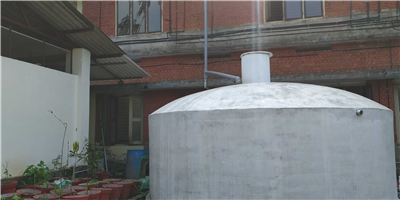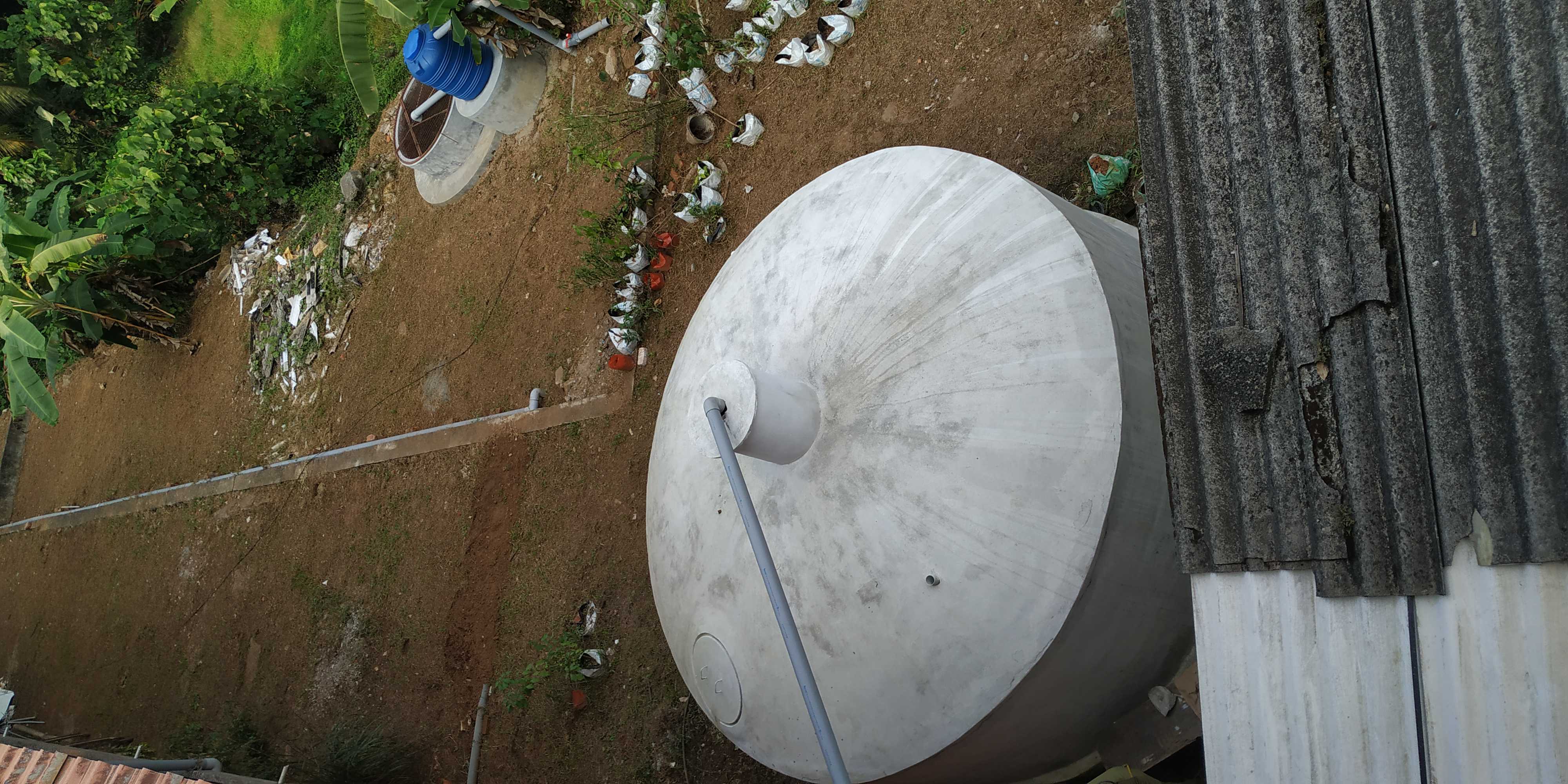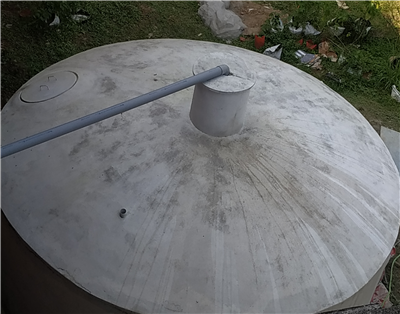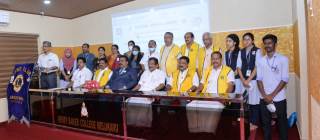Henry Baker College has taken steps to conserve rain water in our campus; for this we have constructed a rainwater storage tank having a harvesting potential of 75,000 litres. Water from this tank is used for cultivating vegetables and for the preservation of Herbal Gardens, Butterfly Gardens, and Campus landscape and for Nakshtravanam – preservation and maintenance of 27 trees that are related to 27 Nakshatras of Indian Astrology. With respect to rainwater harvesting and recharging of rainwater in the ground, our campus has the following facilities:
- Recharge well with desilting RCC Tank: The rainwater drain pipes from all terraces are connected in series, so that the runoff from these terraces will fall into the rainwater storage tank in the back of the building. When this tank overflows, water flows to the well located nearby tank used for the preservation of Nakshtravanam.
- Soakways: Seven soakaways have been constructed in and around the campus. A soakaway is a vertical shaft of 150 mm (6”) diameter bored in the ground to a depth of 30 feet and cased with a PVC pipe. The mouth of the shaft is covered with an inverted earthen pot with a small hole to prevent the entry of debris into the shaft. A small sump is constructed around the top of the shaft, which is filled with a filter media of brickbats to prevent the entry of debris. A perforated RCC cover is placed on top of sump to allow the entry of rainfall-runoff.
- Well for Nakshthravanam: Rainwater from the rear portion of the terrace is led through a vertical drain pipe to the 30m deep well used for preserving Nakshathravana.
The benefits os Rain water Harvesting are:
- Less cost.
- Helps in reducing the water bill.
- Decreases the demand for water.
- Reduces the need for imported water.
- Promotes both water and energy conservation.
- Improves the quality and quantity of groundwater.
- Does not require a filtration system for landscape irrigation.
- This technology is relatively simple, easy to install and operate.
- It reduces soil erosion, stormwater runoff, flooding, and pollution of surface water with fertilizers, pesticides, metals and other sediments.


Rain water Harvesting


Rain water Harvesting





